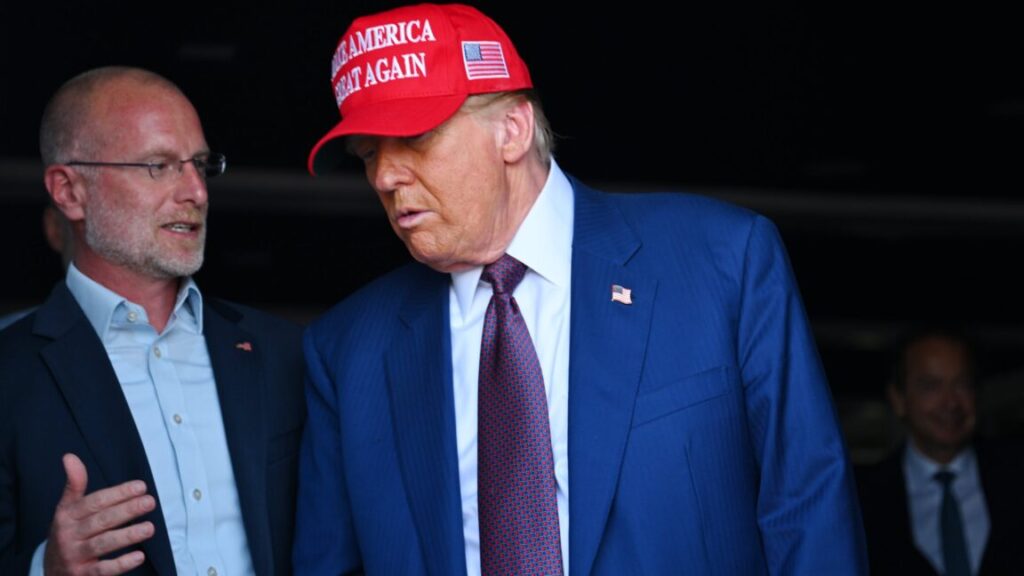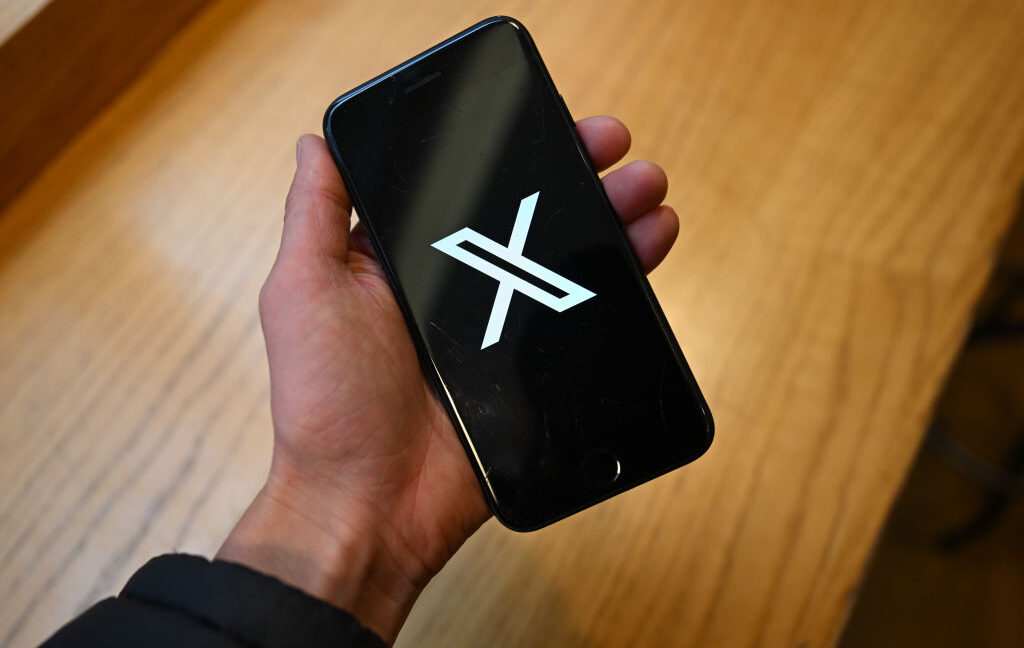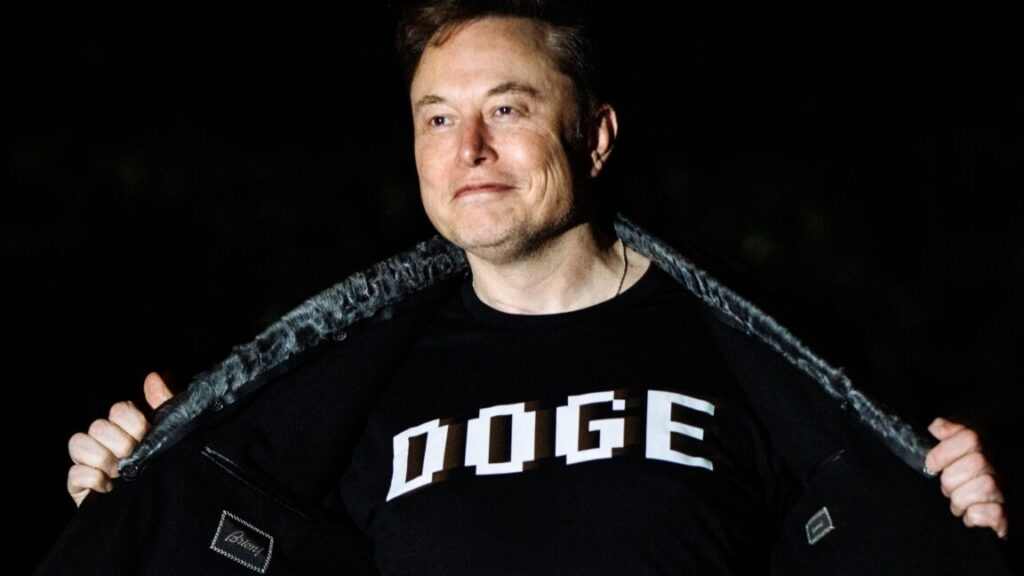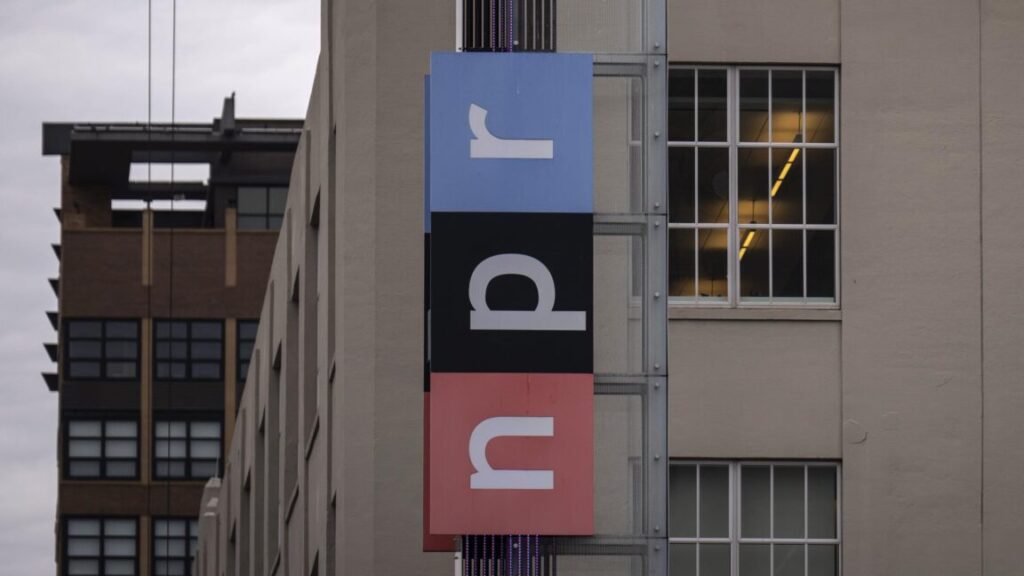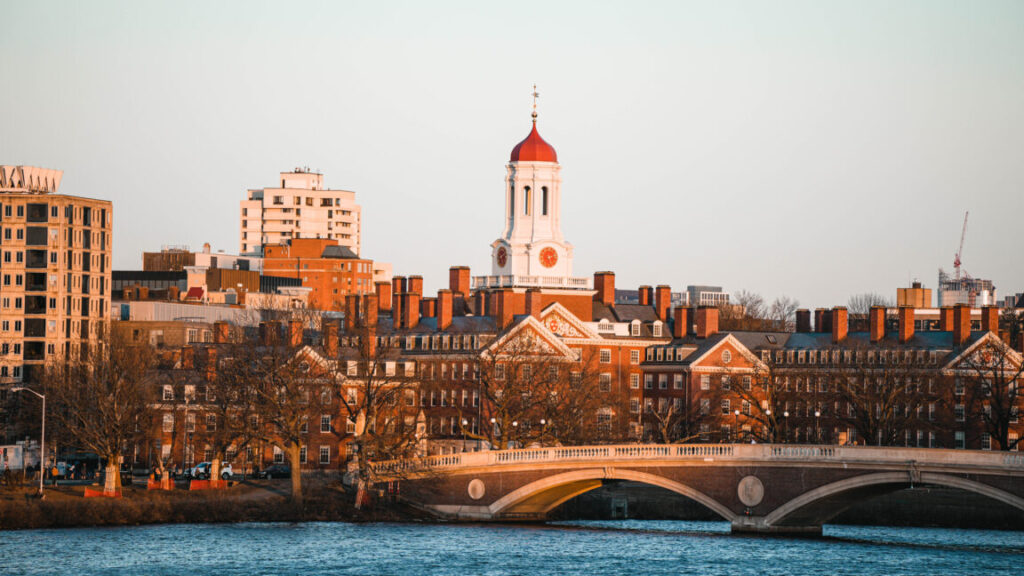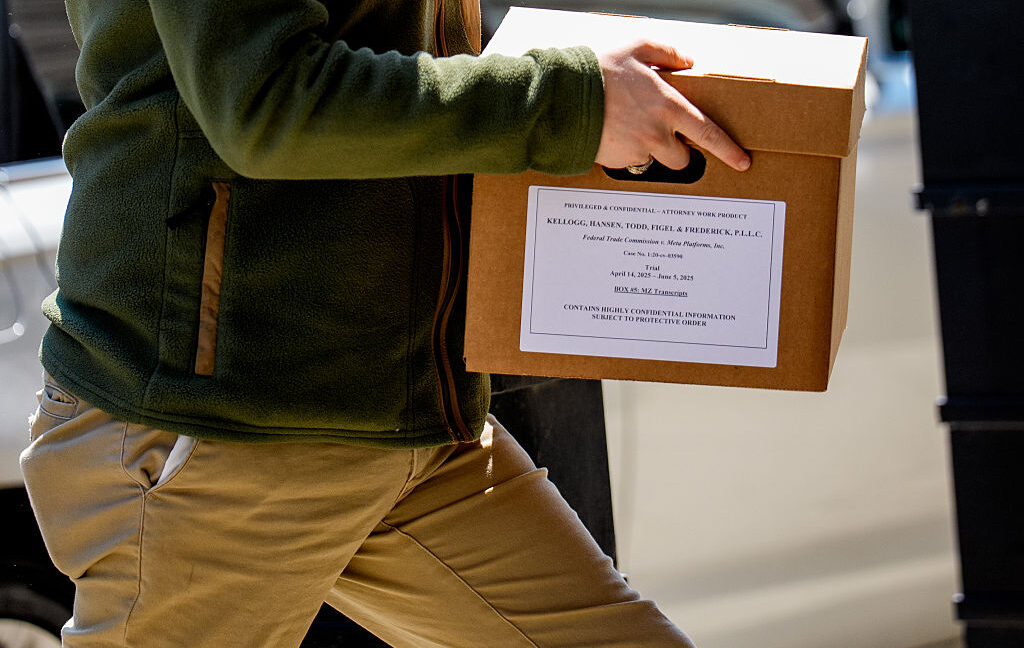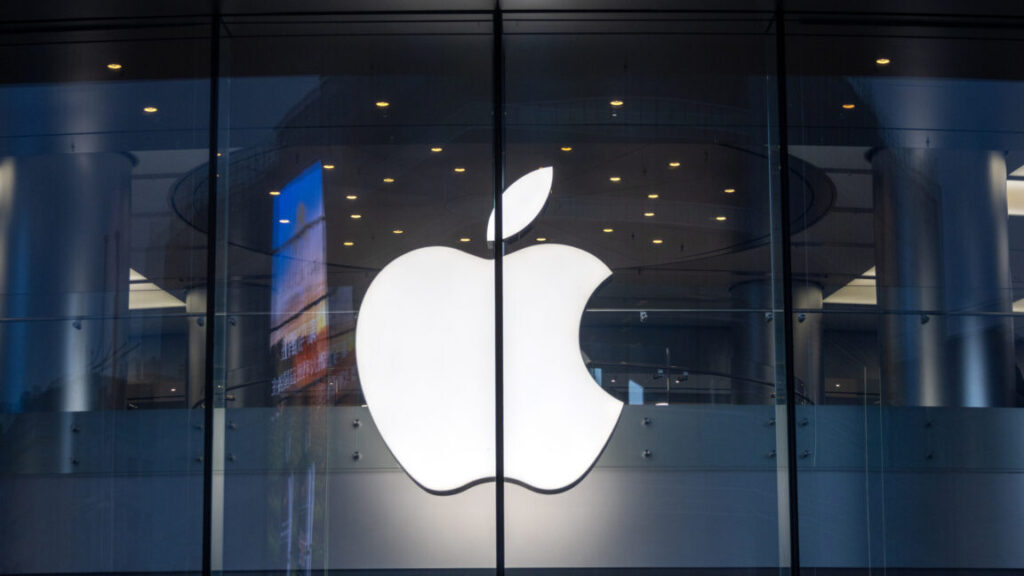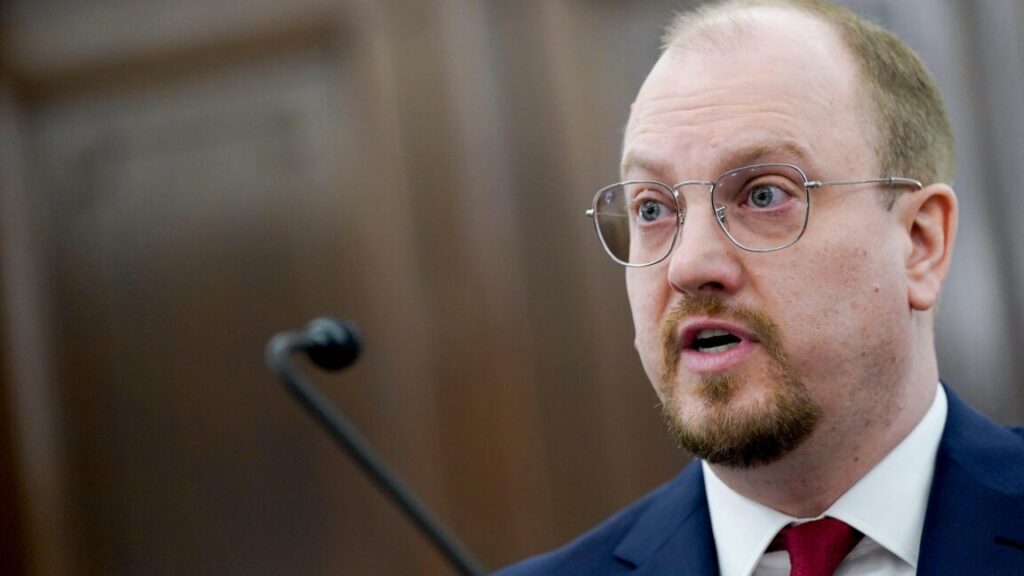Trump’s FCC chair threatens Comcast, demands changes to NBC news coverage
Victor Martinez-Hernandez was convicted of killing Rachel Morin earlier this week. The White House has attempted to link this murder to Abrego Garcia’s deportation, but they are entirely separate cases.
Carr’s fight against media
Carr’s post yesterday, combined with his recent actions to enforce the news distortion policy, suggest that he is likely to open a proceeding if a formal complaint is lodged against any NBC stations. Carr showed he is willing to investigate news distortion complaints into ordinary editorial decisions when he revived complaints against CBS and ABC that were thrown out under the previous administration.
Carr has focused in particular on the CBS complaint, which concerns the editing of a CBS 60 Minutes interview with Kamala Harris. The conservative Center for American Rights alleged that CBS distorted the news by airing “two completely different answers” to the same question.
CBS published unedited video and a transcript that shows it simply aired two different sentences from the same response in different segments, but Carr has kept the proceeding open and seems to be using it as a bargaining chip in the FCC review of CBS-owner Paramount’s transfer of TV broadcast station licenses to Skydance.
Carr’s handling of the CBS complaint has been condemned by both liberal and conservative advocacy groups—and former Democratic and Republican FCC commissioners and chairs—who say the FCC’s approach is a threat to the constitutional right to free speech.
Carr has also sent letters to companies—including Comcast—alleging that their diversity policies are “invidious forms of discrimination in violation of FCC regulations and civil rights laws.” Carr last month threatened to block mergers pursued by companies that enforce diversity, equity, and inclusion (DEI) policies.
We contacted Comcast and NBC today and will update this article if they provide any response to Carr’s news distortion allegation.
Trump’s FCC chair threatens Comcast, demands changes to NBC news coverage Read More »
